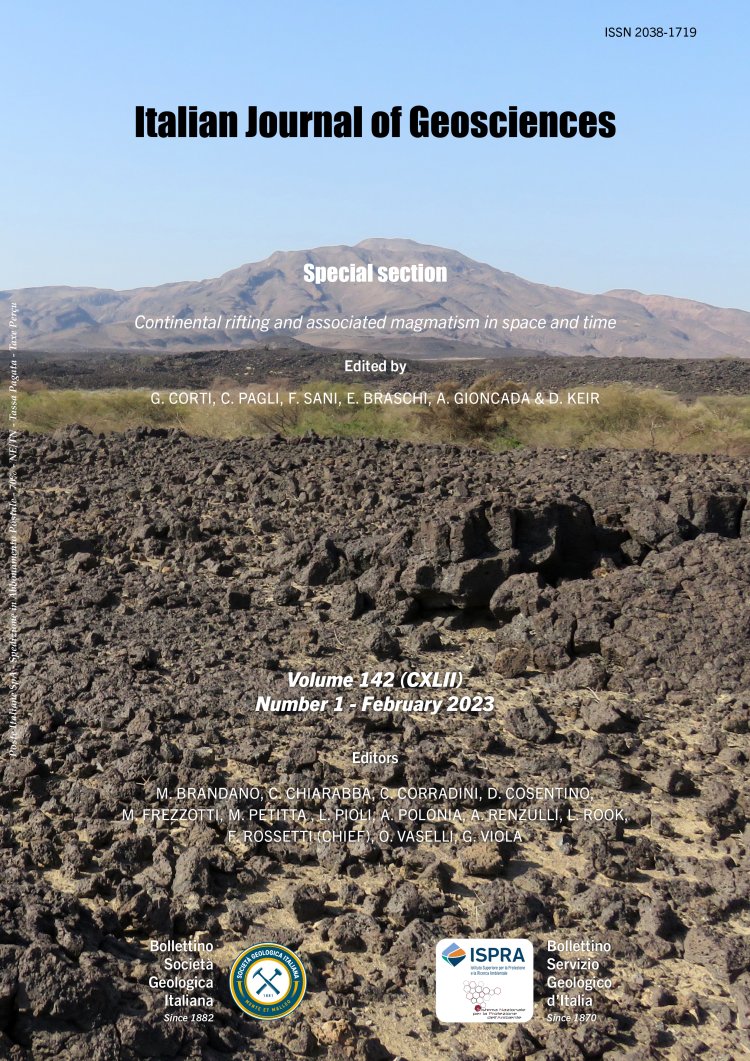

A Case Study of Multidisciplinary Surface Faulting Assessment in the Urbanized Fucino Basin, Italy
Francesco Iezzi1,2, Paolo Boncio2,3, Alessio Testa2, Giuseppe Di Giulio4, Maurizio Vassallo4, Fabrizio Cara5, Giuliano Milana5, Fabrizio Galadini5, Biagio Giaccio6 & Mattia De Luca3
1Department of Earth Sciences, Environment and Resources (DiSTAR), University Federico II, Naples, Italy.
2DiSPUTer, University “G. d’ Annunzio” Chieti-Pescara, Chieti, Italy.
3Department of Engineering and Geology, University “G. d’Annunzio” Chieti-Pescara, Chieti, Italy.
4Istituto Nazionale di Geofisica e Vulcanologia, Sezione di Sismologia e Tettonofisica, L’Aquila, Italy.
5Istituto Nazionale di Geofisica e Vulcanologia, Sezione di Sismologia e Tettonofisica, Roma, Italy. 6 Istituto di Geologia Ambientale e Geoingegneria, CNR, Rome, Italy.
Corresponding author e-mail: francesco.iezzi@unina.it
Abstract
Keywords
Get Full Text